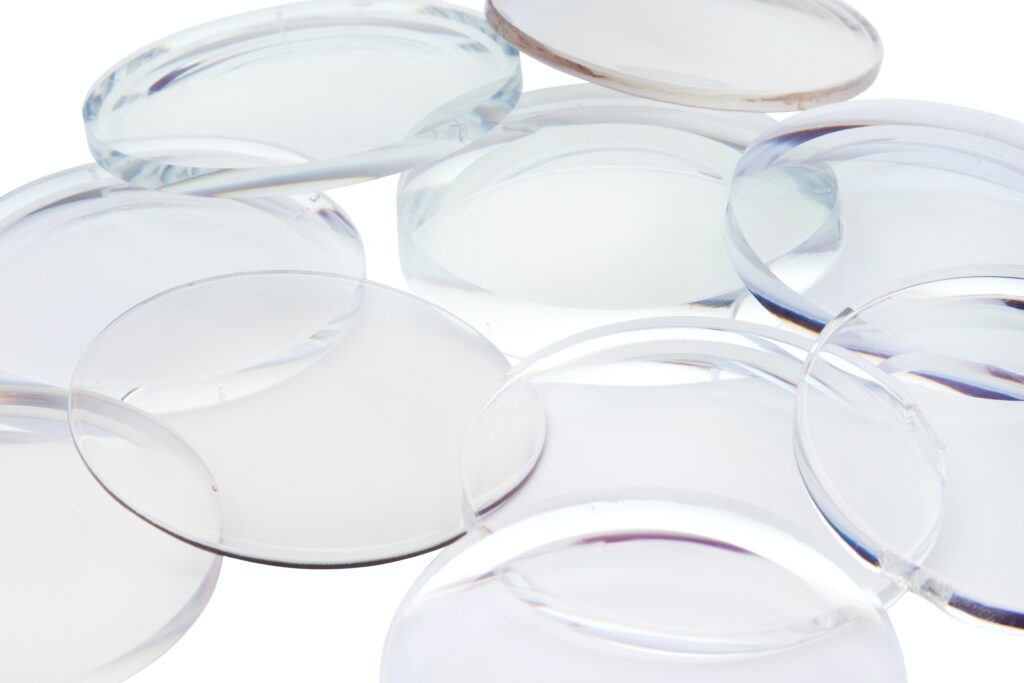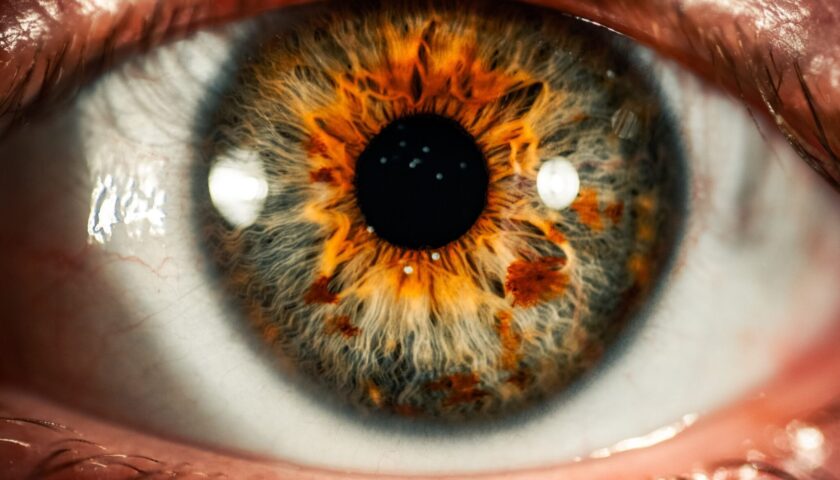The Augmented Reality (AR) versus Virtual Reality (VR) debate has long been ongoing without a clear winner in sight. However, Augmented reality has definitely taken the lead in recent times. Previously AR was limited to mobile or other communication devices, but now, it may have revolutionized contact lenses forever with the development of the Smart AR Contact lenses. The aim is to help people struggling with lower eye vision for whom the lightweight and softness make these lenses more appropriate.
A California-based company named “mojo” has introduced Smart contact lenses that use augmented reality to place information inside the wearer’s eyes. The 14k pixels-per-inch micro-displays project statistics like health tracking and other data. In addition, it also provides real-time contrast and zoom functionality. Mojo contact lenses are based on the concept of invisible computing. It helps the user get the information they need at any time and place, like the directions on the path, upcoming events or playback controls for music, and much more.
These lenses have multiple functionalities with integrated glucose sensors, wireless power transfer circuits, and display pixels. This development in technical equipment is made from transparent nanostructures. In terms of real-time health monitoring, these lenses are designed to monitor the intraocular pressure in the eyes. The sensors also detect the cause of the pressure into the eye causes Glaucoma, any other eye disease. Contact lenses that can track vital signs represent another considerable step forward for biomedicine. Users may instantly get information on cholesterol, blood pressure, or blood alcohol levels. They also monitor their heartbeat rate, get alerts on vitamin deficiencies, and report on liver function.

Samsung also jumped into the field of Augmented Reality for smart lenses. It filed an application US20190250432A1 titled “Smart contact lenses for augmented reality and manufacturing methods and operating the same.” The application discloses a multilayer lens as the first smart contact lens, which includes the element display device, peripheral device, the first material layer, and a second material layer, which may entirely cover an upper surface of the contact lens. A lower surface of the contact lens may contact an eyeball, while the upper surface of the contact lens does not make contact with an eyeball. Therefore, the display unit, the peripheral device, the first material layer for passivation, and the second material layer for encapsulation may be disposed on the upper surface of the contact lens.
The wiring portion may include a circuit related to the operation of the display unit. A motion sensor, a capacitor, and a radio chipset are disposed around the wiring portion. The motion sensor detects the motion of the contact lens, that is, the motion of an eyeball or blink of the eyeball. A control unit may be disposed between the capacitor and the wiring portion to detect eye movement and provide necessary contrast and brightness to the vision. A radio chip transmits and receives information from nearby surroundings with the help of a sensor.
The smart contact lens may be more helpful in realizing augmented reality as it can interact with an external device such as a smartphone. Thus, information about an object that a wearer is looking at may be searched in real-time and directly transmitted to the wearer’s retina. Therefore, the wearer may not need to look at a separate display to search for an object and read search results. Furthermore, since the smart contact lens has a camera function and can display navigation information provided by an external device, the smart contact lens may provide much more convenient features than existing portable devices.

